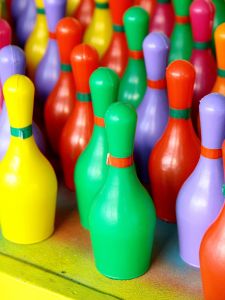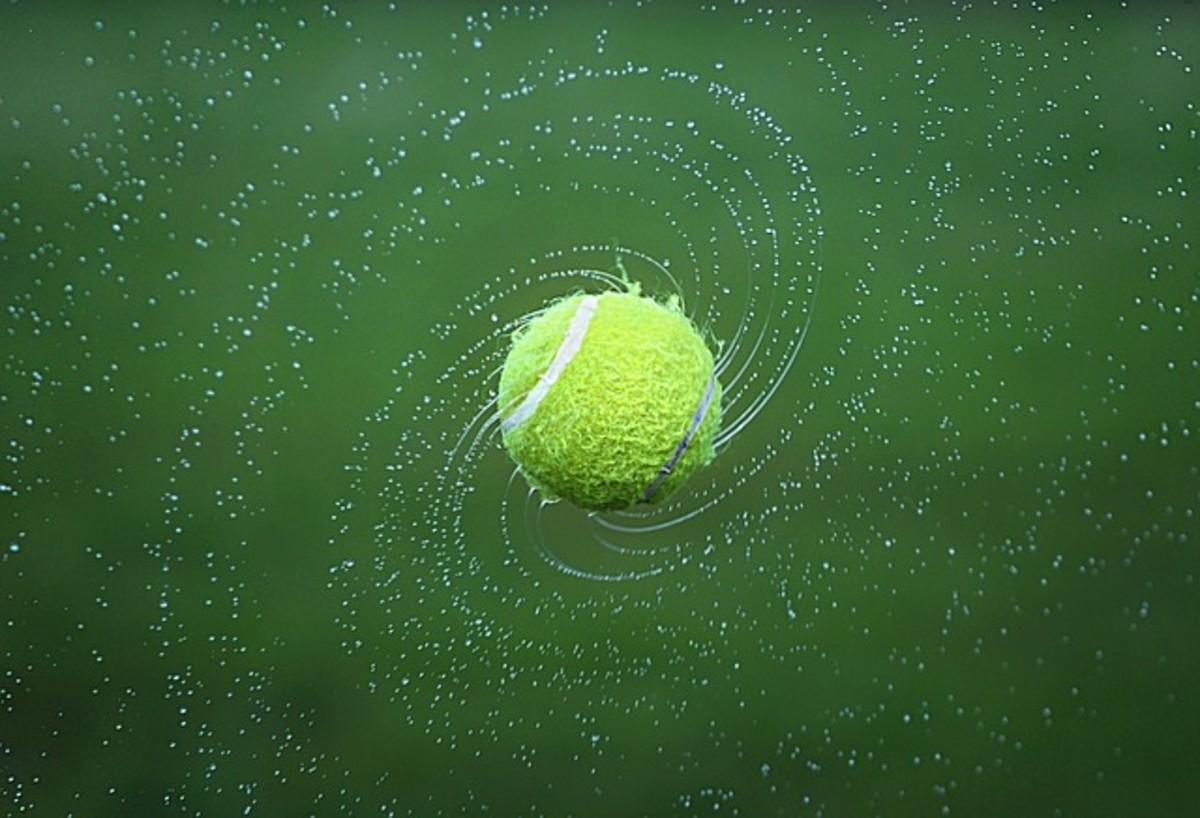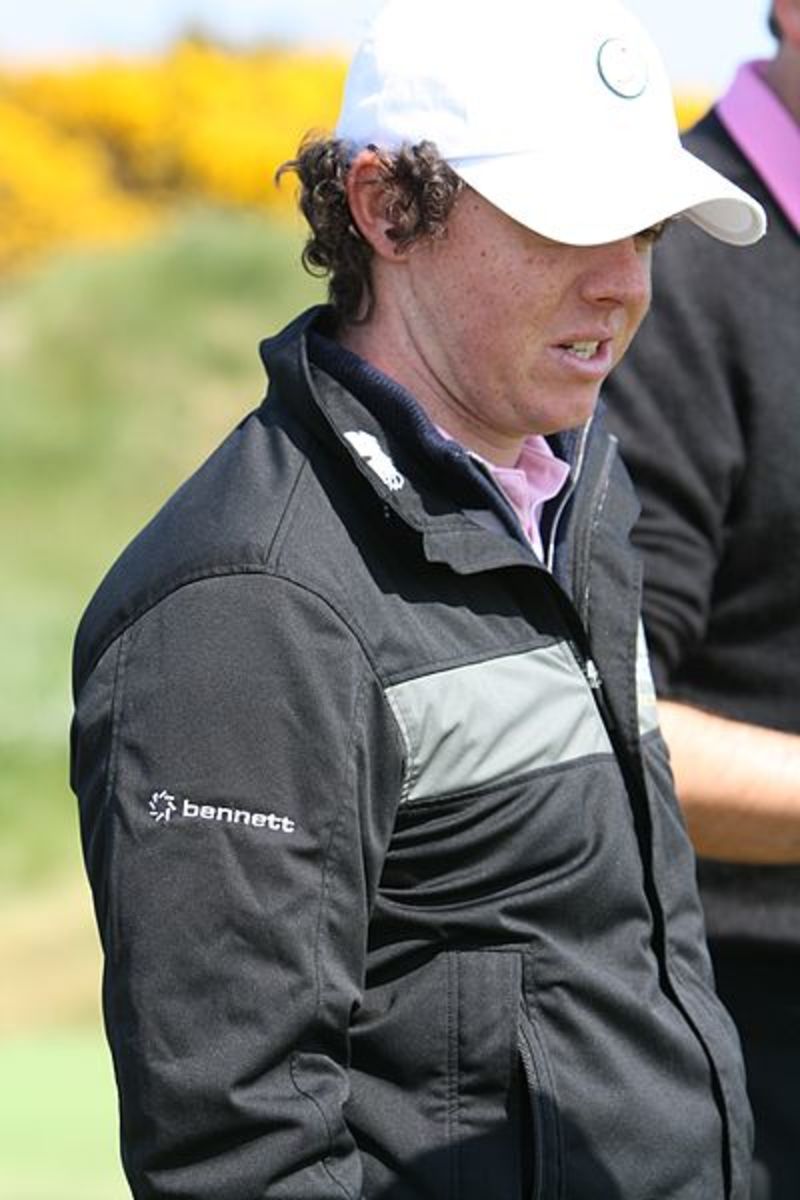Bowling: How to Hook the Ball

Bowling is a fun sport that can be enjoyed by individuals of all ages and skill levels. The aim of the game is to get as many strikes (knocking all the pins down in a single shot) as possible and earn the highest score. Although it is possible to score a strike with a straight ball, learning how to spin the ball (also called the "hook shot") can seriously increase your chances of getting a strike and improve your overall bowling game. This is because the hook shot causes more destruction upon impact compared to a straight ball.
Adding "spin" to a bowling ball is a lot easier said than done however with practice and by following the tips below, you should be able to achieve it. Though you can still spin the ball even without following any or just some of the tips below, they will help you achieve a more consistent and reliable spin to your ball.
1. The Right Bowling Ball
Although you can spin any bowling ball, the degree and ease with which you can achieve a hook shot will be affected by the type of ball you use. Having the right bowling ball is important if you want to learn how to spin the ball effectively and accurately. Some balls are easier to spin compared to others and if your ball isn't one of those, you may find yourself feeling frustrated when none of the spin tactics are working the way you expect them to.
House balls (the ones you get at the bowling alley) are usually made of plastic. These balls are designed to roll in straight lines and are difficult to spin. Although it is still possible to spin these balls, you will find your ability to do so rather limited.
Urethane balls offer a much better hook shot however the reactive resin balls and the particle balls are the ones that will give you the best hook shots (provided you know how to execute the shot). Most professional bowlers opt for the particle bowling balls because this material offers the best control for spinning the ball and hooking the shot.
2. Finger Holes and Positions
To spin the ball, you should ideally hold the ball with your fingertips only. This is easier if you own your own ball that has been drilled according to your requirements. When purchasing your ball, there are two ways you can drill the holes into your ball: full finger - where the holes are deep enough to accommodate your fingers up until the middle knuckle; and fingertips - where only your fingertips fit into the holes of the ball. For hook shots, you should have a ball that has been drilled to fit your fingertips only.
That said you can still spin the ball without the proper finger holes. You can still hold the ball with only your fingertips although your control over the ball will be affected by how well your fingers fit into the holes.
3. Bowling Form
With the ball and hand position sorted, the next thing you need to consider is your bowling form.
- Approach: All bowling lanes have arrow markings for players to use as a guide. You should target the second arrow from the outside edge of the lane that correlates to your bowling hand. If you are a right-handed bowler that means your target is the second arrow from the right side of your lane.
- Stance: As you reach the foul line, you need to make sure that your feet are close together and your shoulders squared (about 90 degrees to your forearm).
- Hand position: Hold the ball with your hand underneath the ball and your thumb on top. Make sure only your fingertips are inserted into the holes.
- Aim: Although you use the arrows painted on the lane for a guide, the point of impact you are aiming your ball for is the space between the first and third pin. That is, the gap between the front pin and the pin that sits directly behind it and off to the right. Aiming the ball for the second marker accommodates the distance the ball will spin as it progresses down the lane.
- Swing: As you begin to swing the ball backwards, lean your body forward. When the ball returns to the front of your body, put your left foot down and aim for your target arrow. Let your right leg slide behind your left leg.
- Release: As you approach the foul line and just before you release the ball, twist your wrist so your hand is towards the top of the ball and your thumb at the bottom. If you are right-handed, this means you need to rotate the ball to the left (anti-clockwise). Make sure you release your thumb first and let the ball roll off your fingers.
There are a number of other factors that may affect the way your ball spins and where it strikes the pins. Practice hooking the ball a few times and observe the result of your shots. You may have a tendency of veering naturally in one direction or another so you will need to adjust your positioning to make allowances for that.
This is the general guideline for hooking the ball though there are other tactics that can work equally well or better depending on your preferences. To learn more about spinning the ball, you should take lessons or visit Bowling Mentor.
Types of Spins
1. Finger-tip
The form for this was described above. Essentially, the bowler only inserts his (or her) fingers as far as the first joint and "flicks" the ball from the wrist.
2. Roller
With this shot, the ball is released early with a follow through for increased accuracy. Although there is less spin and power to the shot, there is also more accuracy which makes it a good shot for knocking down spares.
3. Spinner
Often used when lane conditions are poor, spinners involve the use of light weight balls and the application of a high degree of horizontal spin. As the ball travels down the lane, it will skid in a straight line regardless of the oil patterns on the lane but will deflect enormously after colliding with the first pin. This allows it to travel through the rest of the pins.
4. Cranker
This is a power shot that concentrates more power and less on accuracy. The release maximises spin on the ball which allows for large, quick hooks. The ball is released late with a bent elbow. The higherbackswing assists in providing more power to the shot.
5. Stroker
This is the classic spin shot that is often used to achieve consistent and accurate shots with moderate power and spin. Released with "perfect timing", it is effectively something in between the cranker and roller.









